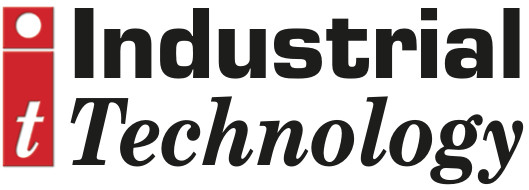
Posted to News on 23rd Sep 2024, 10:10
The importance of 3D-Circuits in healthcare
Doctors and clinicians need the best tools. Hospitals need the best supply contracts and equipment. Everyone benefits from new cutting-edge engineering in medical devices and clinical hardware, as the experts at HARTING explain.

(See HARTING at Machine Building North, 10 April 2025, on stand 63)
In the race to fine-tune healthcare systems and deliver the best patient care, technology plays an enormous role. The new types of 3D-Circuits are integral to some of the advances in healthcare that have been going on over the past few years. The ability to design better is a major driver of those improvements that create longevity, and quality of life, for patients.
Essentially, these 3D circuits combine the electrical and mechanical functions and components of systems that can be put into medical devices and other applications. Pioneering with the substrate is delivering results that empower manufacturers to pursue design freedom. That means they have more firepower to engineer efficiencies and change the game on what's possible within a healthcare setting.
Think of the past designs of most medical equipment as unnecessarily 'bulky' and sort of clumsy when it comes to implementation and use. Or think of the earliest digital cameras: large hand-held appliances that eventually became tiny, portable devices. That same improvement, brought to medical design, is revolutionising care and clinical work.
The promise of miniaturisation
When an engineer or technical person looks at 3D-Circuits, they find that these new types of circuits contribute to miniaturisation - to making certain types of equipment smaller and more agile.
This is one of the biggest value propositions for a whole new generation of circuitry components. Again, compare this to early versions of cameras and video recording equipment. However, the outcome in the medical world comes with much higher stakes. The ability to shrink hardware and equipment fundamentally changes what's necessary for all sorts of inpatient and outpatient daily procedures, everything from surgery to vital signs monitoring.
If you wonder what's at the heart of the goal to miniaturise medical devices, there are a number of ways to explain this. You could say that it builds more capability into a given application. You could say that it ushers in efficiencies. But one of the best ways to explain it is that miniaturisation drives less invasive care.
Think about something like a pacemaker that goes inside the body - or something like an endoscope that's used internally for procedures. In both of these cases, making the actual technology smaller changes the clinical workflow in a really positive way. It's not just a minor detail. Making a pacemaker smaller allows for less invasive types of surgeries. Making an endoscope or similar object smaller may eliminate the need for certain types of expensive processes like anaesthesia. That colossal difference will be evident everywhere.
This is some of the most exciting type of innovation in medicine - where you can see how this technology will actually improve people's lives. There's a big value to less recovery after less invasive procedures, and less disruption into a patient's life.
Additional use cases
We talked about the value of 3D-Circuits in, for example, a pacemaker or other implant. But you can find the same kinds of results elsewhere in healthcare, too. One application is innovation in drug delivery systems. That same high design and miniaturisation make it easier to treat diabetes patients with insulin, or run an IV, or do all sorts of pharmaceutical treatment in different formats.
Another category of common application is in implants and hearing aids. There are also massive efficiencies in making these items smaller and more capable through electromechanical design.
We could also talk about the use of surgical and dental instruments. Like the endoscope, these things are being applied to human anatomy for procedures. But making them smaller really improves the process. You can think about that intuitively, where instead of a bulky drill, a dentist would only have to put a very small equipment appendage into the back of the mouth. Or a surgeon would need to make smaller incisions and perform more precise disruption of tissues. It's not hard to see how this translates to a better experience for patients, an easier job for doctors, and healthcare savings in general. The applications are prolific, on a wide spectrum, and we are still exploring all of the possibilities involved in crafting circuitry this way.
What is 3D-MID?
3D-MID stands for Mechatronic Integrated Device, also known as 3D-Circuits. This technology is a manufacturing technology which integrates circuits directly into three-dimensional thermoplastic substrates. For example, the housing of a hearing aid, which is needed anyway, is used to support the circuitry on its inside, and a separate circuit board can be replaced. This technology enables the seamless combination of electronic and mechanical functions in a single component, which also eliminates the need of additional connecting points for the antenna.
By eliminating these requirements, in-ear devices can be made as small as possible, which not only makes hearing aids nearly invisible, but also improves performance and comfort. This is achieved through customer-designed shapes for a perfect fit to the ear, improving sound quality and minimising power consumption by reducing the weight of the entire component.









